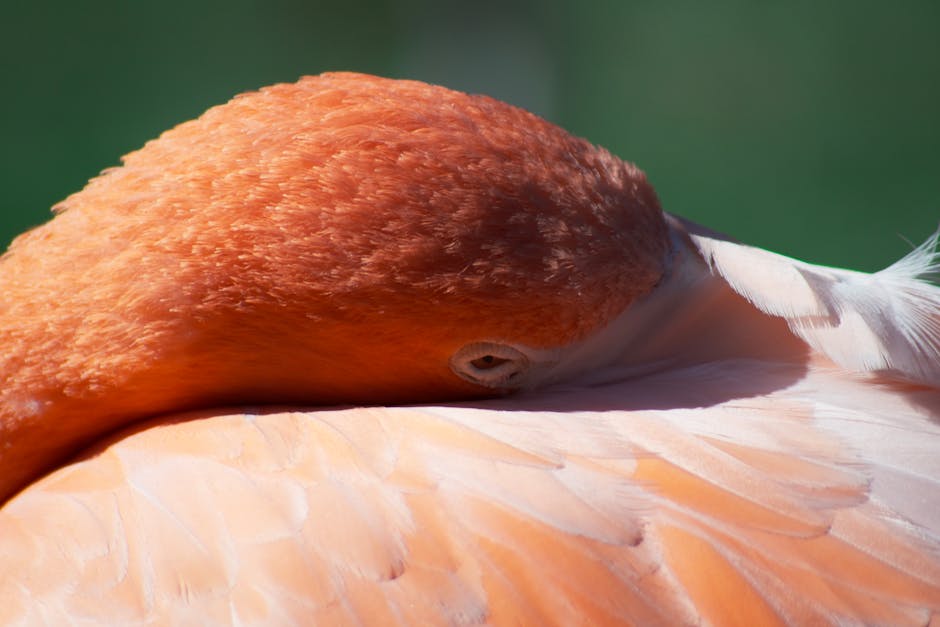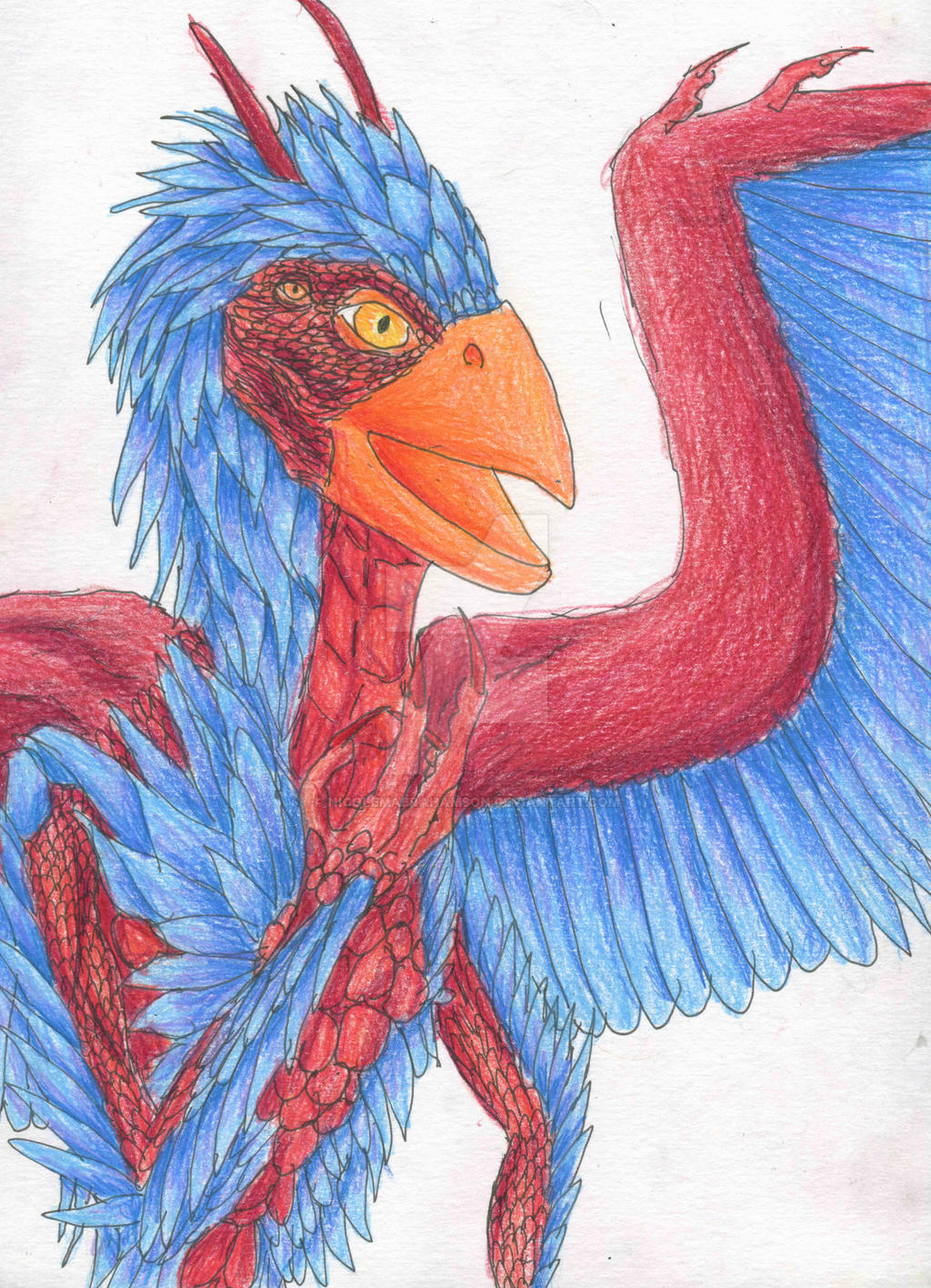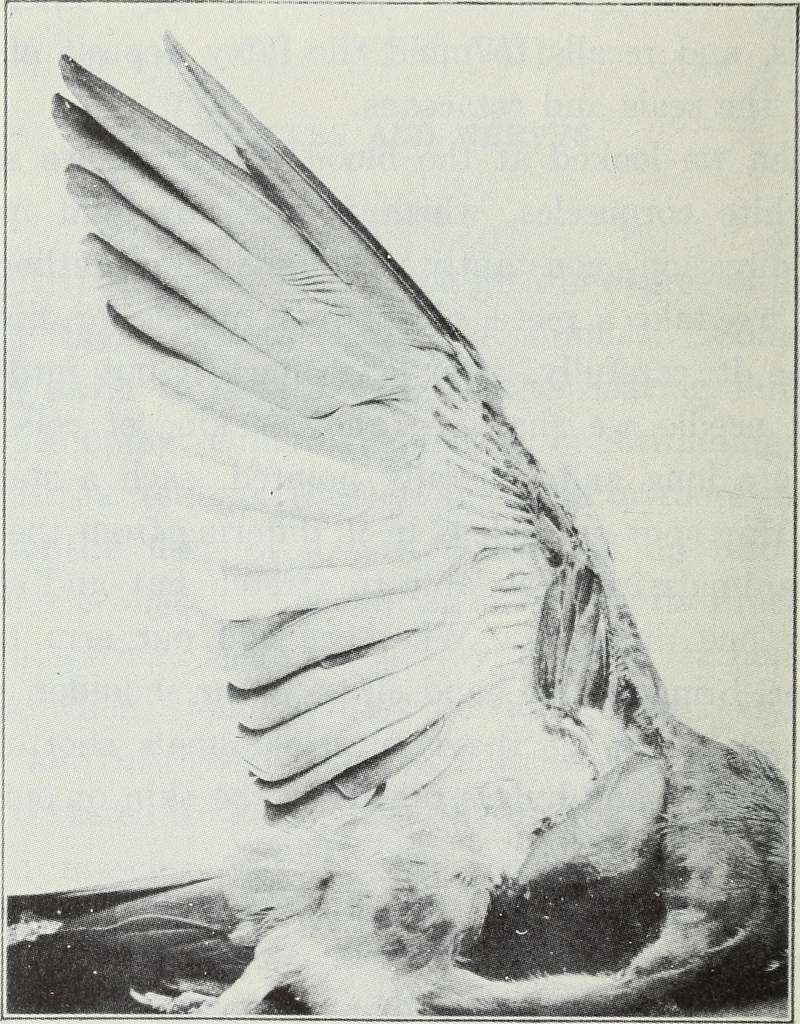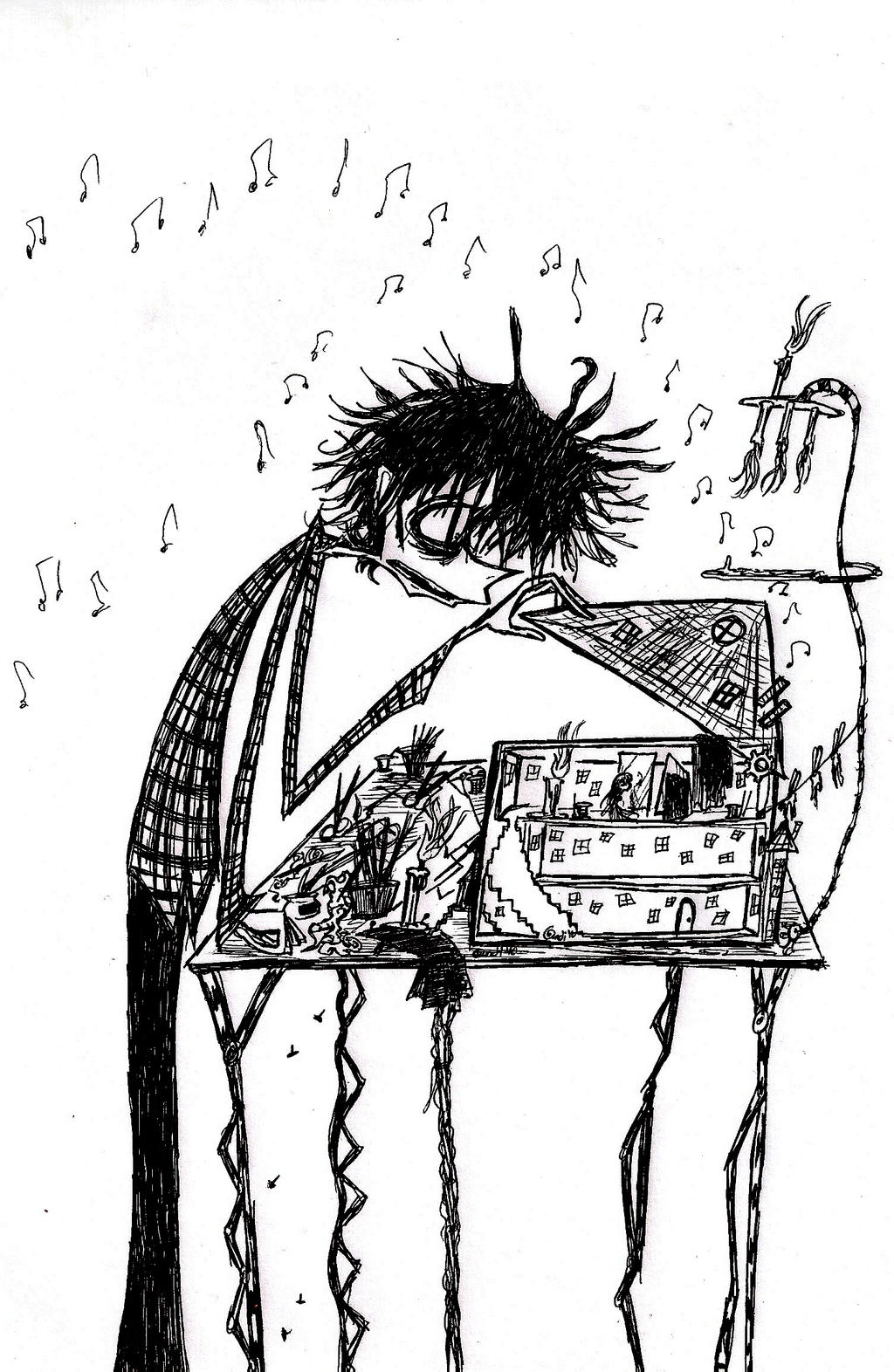Introduction: Understanding the Challenges of Birds in the Attic

Birds in the attic can be a common and troublesome issue for homeowners. These avian creatures seek refuge, warmth, or a suitable spot to build their nests in the enclosed space beneath the roof. Pigeons, sparrows, starlings, and even larger birds like owls or seagulls can be found in attics, causing various problems that require prompt action.
The presence of a bird in the attic disrupts the peaceful atmosphere of your home with noise and chirping. They can also damage the attic structure by building nests and leave droppings that pose health risks. Neglecting the problem can lead to further property damage and potential health hazards for you and your family.
In the following sections, we will explore why birds are attracted to attics, how to identify the species of bird in your attic, practical steps to discourage their entry and safely remove them, and preventive measures to keep birds out in the future. By following these methods, you can effectively address the issue and ensure a bird-free attic environment.
Understanding Why Birds are Attracted to Attics

Birds are naturally drawn to attics due to several enticing factors. Attics provide shelter and protection from predators and adverse weather conditions. The hidden nooks and crannies resemble their natural nesting sites, while insulation materials and debris offer resources for nest construction. Attics with accessible food sources and a quieter environment compared to the outdoors further attract birds. Additionally, birds may return to familiar nesting sites, perpetuating their presence.
Understanding these factors helps us implement effective strategies to discourage entry, remove birds, and prevent their return.
Identifying the Species of Bird in the Attic

Identifying the bird species in your attic is crucial for effective removal and prevention strategies. You can start by visually observing the bird’s physical attributes, noting its size, color, shape, and unique markings. Pay attention to its beak, wing, and tail shape. Observing behavior, flight patterns, feeding habits, and vocalizations also provide valuable clues.
Consulting field guides, online resources, and local birding communities can assist in identification. Recording vocalizations or taking clear photographs helps when seeking expert assistance. Local wildlife organizations, ornithologists, or birdwatching societies can provide professional guidance.
By combining visual observation, behavior analysis, utilizing resources, and seeking expert help, you can accurately identify the bird species and lay the foundation for effective removal and prevention strategies.
Surveying the Attic and Identifying Potential Entry Points

Surveying the attic and identifying potential entry points is crucial for addressing a bird infestation and preventing future occurrences.
Safety Precautions
Before entering the attic, prioritize safety by following these precautions:
- Protective Clothing: Wear long sleeves, pants, gloves, and a dust mask to minimize exposure to hazards like bird droppings, dust, and insulation particles.
- Proper Ventilation: Ensure adequate ventilation in the attic to prevent the accumulation of harmful substances and ensure fresh air circulation.
Attic Inspection
Thoroughly inspect the attic, focusing on areas where birds are likely to enter. Look for:
- Vents: Check for signs of bird activity and consider installing mesh or wire covers.
- Chimneys: Examine for nests or indications of bird presence.
- Eaves: Inspect for gaps, openings, signs of nesting, or damage.
- Roof Tiles: Examine for damage or missing pieces that birds may use to access the attic.
Entry Point Identification
Identifying potential entry points is crucial for understanding how birds access the attic. Follow these steps:
- Walls: Inspect walls for cracks, gaps, or holes.
- Windows: Check for damage or gaps in the frames.
- Vents: Examine vent covers for damage or openings.
- Roof Edges: Inspect for loose or damaged materials.
Common Entry Points
Birds can enter attics through various points, including:
- Damaged or missing vent covers
- Cracked or broken window frames
- Unsealed gaps or holes in attic walls
- Broken or deteriorated roof tiles
- Uncovered chimneys or flues
By addressing these common entry points, you can significantly reduce the chances of birds entering your attic.
Next, we will discuss practical methods to discourage birds from entering the attic effectively.
Taking Steps to Discourage Birds from Entering the Attic

Once a bird is present in your attic, it’s crucial to take immediate action to discourage its entry and presence. Follow these steps:
Seal Entry Points
Thoroughly inspect the attic to identify potential entry points. Seal small gaps or cracks with caulk or weatherstripping. Install wire mesh or bird netting for larger openings like vents or windows.
Install Bird Deterrents
Implement effective bird deterrents:
- Bird Spikes: Install along roof edges or surfaces where birds perch.
- Bird Netting: Use for larger openings to prevent bird access while allowing ventilation.
- Reflective Devices: Hang shiny tape or CD discs near entry points to startle and deter birds.
- Ultrasonic Devices: Utilize high-frequency sound-emitting devices unpleasant to birds but inaudible to humans.
Remove Food Sources
Eliminate food sources that attract birds to the attic. Remove stored bird feed, seeds, or other attractants promptly. Regularly inspect the attic for potential food sources and store them securely in airtight containers or inaccessible areas.
Implementing these steps will effectively minimize the chances of birds entering your attic. For safe and humane bird removal methods, refer to the next section.
Word Count: 258 words
Removing Birds from the Attic: A Comprehensive Guide

To safely and effectively remove birds from your attic, it’s crucial to understand their behavior and employ appropriate strategies. Follow these steps to ensure a successful bird eviction:
1. Identify the Bird Species
Before taking any action, identify the bird species residing in your attic. Consult bird identification guides or seek help from local birding communities or wildlife experts. Observe their physical characteristics, coloration, size, and behavior to gather valuable clues for identification.
2. Create an Exit Route
Open windows and doors in the attic, providing a clear escape route for the bird. Ensure the openings are unobstructed, allowing the bird to fly out on its own. Removing barriers and creating a welcoming path increases the chances of a voluntary departure.
3. Minimize Light and Noise
Birds are attracted to light sources, so dim the attic by turning off unnecessary lights and closing curtains or blinds. This reduces their interest in staying. Additionally, create a calm environment by minimizing noise, making it less stressful for the bird.
4. Guide the Bird with Caution

If the bird doesn’t leave voluntarily, gently guide it towards an open window or door using a broom or mop. Maintain a respectful distance and avoid startling or harming the bird. Slowly encourage it to move towards the desired exit point.
5. Safely Capture the Bird
If the bird is perched in a challenging spot, employ a net or blanket to capture it safely. Approach the bird slowly and cover it, ensuring no harm comes to the bird. Lift the captured bird carefully and release it outside, away from the attic.
6. Seek Professional Assistance

If you are unable to remove the bird safely or if it belongs to a protected or endangered species, contact a reputable wildlife removal service or your local animal control agency. They can provide expert guidance and support for a safe bird removal process.
7. Prevent Future Bird Intrusions
After successfully removing the bird, take proactive measures to prevent future intrusions:
- Inspect the attic thoroughly and seal any potential entry points such as gaps, cracks, or openings.
- Implement bird deterrents like spikes, netting, or sound devices in areas prone to bird activity.
- Regularly inspect and maintain the attic to ensure it remains bird-proof.
Preventing Birds from Reentering the Attic

To ensure birds do not return to your attic, follow these effective strategies:
Inspect and Seal Entry Points
Thoroughly inspect the attic for gaps, cracks, or openings that birds can exploit. Use sealant, wire mesh, or hardware cloth to seal off these entry points, creating a barrier that prevents birds from reentering.
Install Bird Deterrents
Implement deterrents around your home’s exterior to discourage birds from landing or nesting near the attic:
- Install bird spikes on ledges, rooflines, and potential landing spots.
- Hang reflective objects like wind chimes or aluminum foil strips to create visual disturbances.
- Use bird netting over vulnerable areas, such as open vents or gable ends.
- Consider using ultrasonic devices that emit high-frequency sounds bothersome to birds.
Maintain Landscaping
Regularly trim trees and shrubs near your home to minimize branches or foliage that birds can use as a pathway to the attic. Keep the landscaping well-maintained, avoiding overhanging branches or dense vegetation close to the house.
By implementing these preventive measures, you create a comprehensive defense system against future bird infestations in your attic.
Conclusion

By following the steps outlined in this guide, you can effectively address the issue of birds in your attic. Understanding the bird species, creating an exit route, minimizing light and noise, and safely guiding or capturing the bird are essential for a successful removal. Additionally, taking preventive measures such as inspecting and sealing entry points, installing bird deterrents, and maintaining your landscaping will help ensure birds do not return to the attic. By combining these strategies, you can create a bird-free environment and protect your attic from unwanted avian guests.
Conclusion: Effective Methods to Remove Birds from Attics

Safely and humanely removing birds from attics is crucial for protecting both the birds and homeowners. This comprehensive guide provides effective methods to address bird infestations and prevent future occurrences.
Creating an Exit Route and Using Deterrents

Encourage birds to leave the attic by creating an exit route. Open windows or doors to provide a clear path for them to exit. Additionally, deter birds from the attic by using bright lights or loud noises to make the space less appealing.
Employing Decoys and Sealing Entry Points
Trick birds into perceiving the attic as occupied by using decoys, prompting them to find alternative nesting sites. Seal off potential entry points by conducting a thorough survey of the attic and closing any gaps, cracks, or openings that birds can use to access the space.
Employing Hands-on Approaches
If non-invasive methods are ineffective, employ hands-on approaches. Safely capture the bird using a long-handled net and release it outside. Alternatively, use a bird trap for relocation.
Seeking Professional Assistance and Complying with Regulations
![]()
Contact local wildlife professionals or bird control services if the situation becomes challenging or if dealing with protected bird species. These experts possess the knowledge and experience to handle bird infestations effectively and ethically. Remember to comply with local laws and regulations regarding bird removal, especially for protected species.
Taking Preventive Measures
Implement preventive measures to avoid future bird intrusions. Install bird screens on vents, chimneys, and other openings to keep birds out while allowing proper ventilation. Regularly inspect and maintain the attic to deter birds from reinfesting the space.
In conclusion, promptly addressing bird infestations in attics is crucial for preventing further damage and ensuring the well-being of both the birds and homeowners. Utilize the methods discussed in this article, including creating an exit route, using deterrents, sealing entry points, employing hands-on approaches, seeking professional assistance when necessary, and taking preventive measures. Prioritize the safety and welfare of the birds while ensuring the integrity of your home.
Frequently Asked Questions
How do I get a bird out of my attic?
To get a bird out of your attic, follow these steps:
1. Open windows or doors in the attic to create an exit route.
2. Dim the lights and minimize noise to make the attic less appealing.
3. Gently guide the bird towards the open window or door using a broom or mop.
4. If necessary, use a net or blanket to safely capture the bird and release it outside.
5. Seek professional assistance if you’re unable to remove the bird safely or if it belongs to a protected species.
How can I prevent birds from entering my attic?
To prevent birds from entering your attic, take these preventive measures:
1. Inspect and seal any potential entry points such as gaps, cracks, or openings.
2. Install bird deterrents like spikes, netting, or ultrasonic devices in areas prone to bird activity.
3. Trim trees and shrubs near your home to minimize branches that birds can use as a pathway.
4. Regularly maintain your landscaping to avoid overhanging branches or dense vegetation close to the house.
Are there any risks associated with birds in the attic?
Yes, birds in the attic can pose risks. They can damage the attic structure by building nests and leave droppings that pose health hazards. Neglecting the problem can lead to further property damage and potential health risks for you and your family.
How do I identify the bird species in my attic?
To identify the bird species in your attic, observe its physical attributes, behavior, flight patterns, feeding habits, and vocalizations. Field guides, online resources, and local birding communities can assist in identification. Recording vocalizations or taking clear photographs can also help when seeking expert assistance.
Should I seek professional help to remove birds from my attic?

If you’re unable to remove the bird safely or if it belongs to a protected or endangered species, it’s recommended to seek professional help. Contact a

Leave a Reply